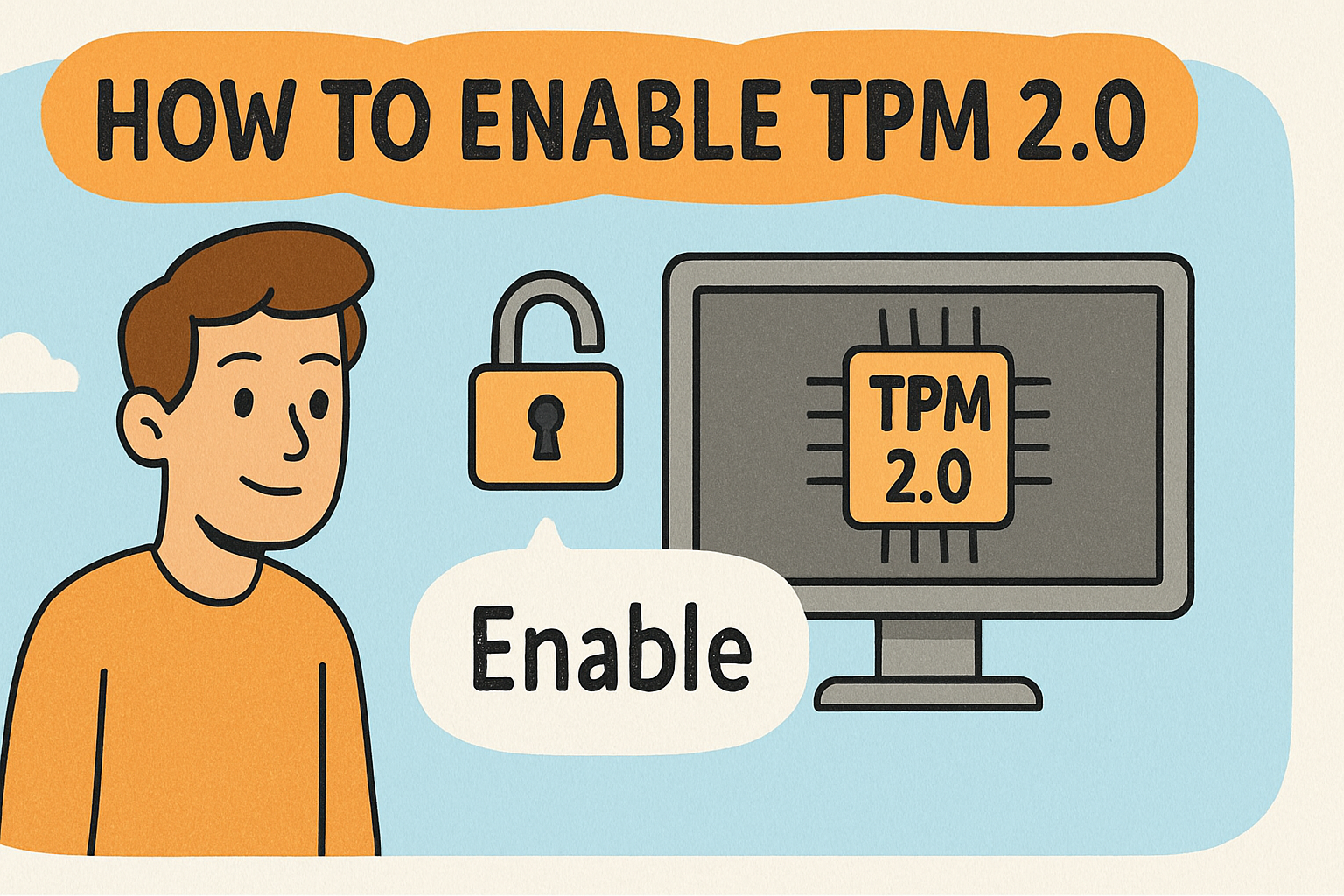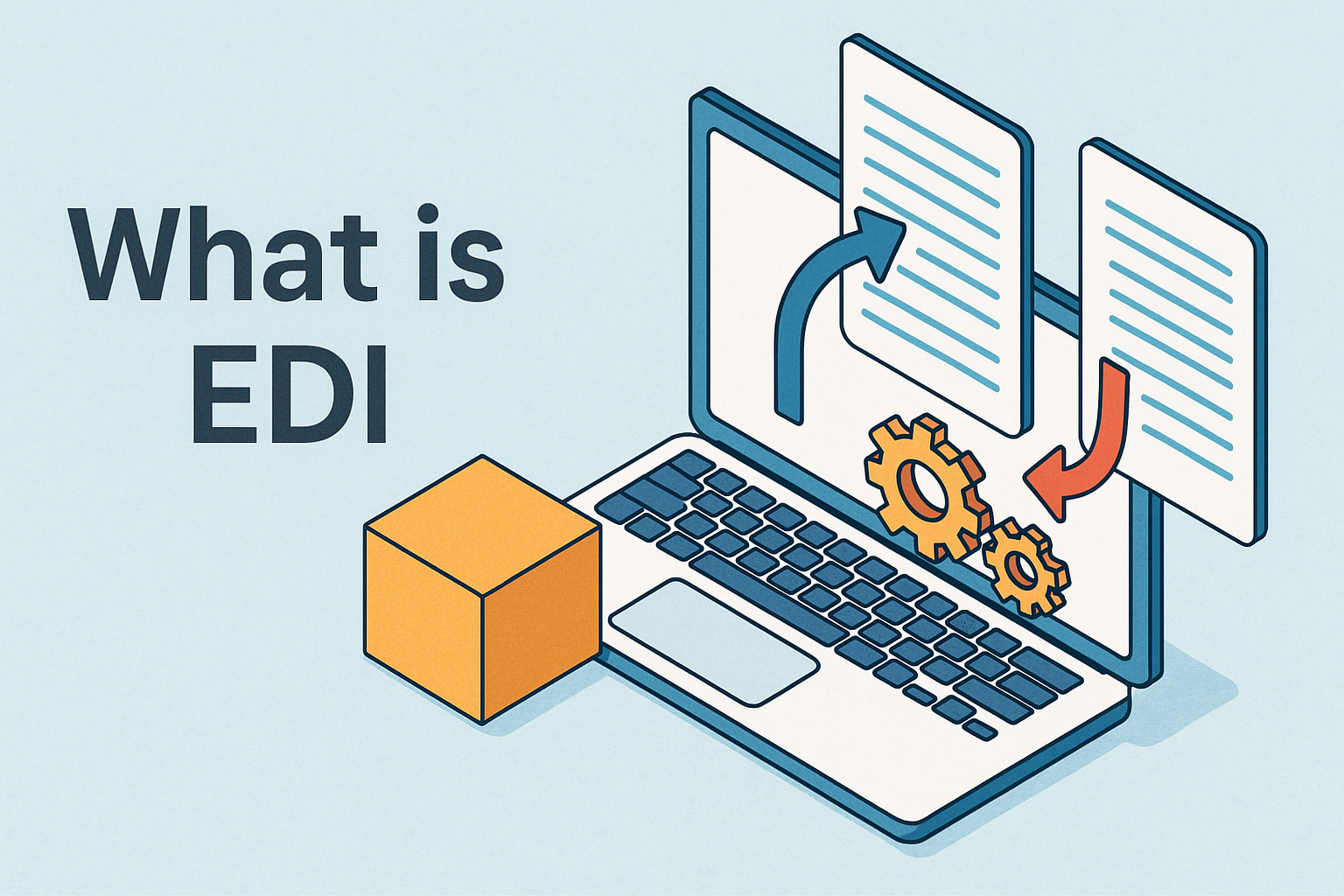Directory Attack: Understanding the Threat & How to Defend Against It
Updated on June 2, 2025, by Xcitium

What if an attacker could access confidential files on your server without logging in or bypassing firewalls? That’s the danger of a directory attack—a common yet devastating form of cyber intrusion. In this guide, we’ll explore what a directory attack is, how it works, and how your organization can stay protected.
What is a Directory Traversal Attack?
A directory traversal attack—also known as a path traversal attack—is a type of vulnerability where an attacker manipulates input fields to access files and directories outside the intended folder structure.
For example, a normal URL might request:
https://example.com/view?file=report.pdf
An attacker might alter it to:
https://example.com/view?file=../../etc/passwd
This command instructs the server to “traverse” up directories to access restricted files, such as system credentials.
Why Directory Attacks Are Dangerous:
- They exploit poor input validation.
- Attackers can read sensitive files (e.g., config files, passwords).
- Some attacks can lead to remote code execution or system compromise.
How Does a Directory Attack Work?
Understanding the anatomy of a directory attack helps in developing defenses. Here’s a step-by-step breakdown:
1. Identify Input Fields
Attackers look for vulnerable fields in URL parameters, form inputs, or file upload functionalities.
2. Insert Traversal Characters
Common traversal sequences include:
- ../ (Unix/Linux)
- ..\ (Windows)
3. Access Unauthorized Files
By chaining these characters, attackers climb the directory tree to reach protected locations.
4. Exfiltrate or Manipulate Data
Sensitive files are downloaded, altered, or used to pivot into deeper network zones.
Directory Attack Examples
Let’s walk through a few real-world directory attack examples:
Example 1: Accessing System Files
https://target.com/?file=../../../../windows/system32/config/system
This can expose core Windows configurations.
Example 2: Retrieving Database Credentials
https://target.com/get?doc=../../../app/config/dbconfig.php
If successful, this grants access to database usernames and passwords.
Example 3: Exploiting File Upload Paths
Insecure file uploads may allow:
../../../../etc/shadow
Especially if the upload folder isn’t isolated from critical directories.
How to Prevent Directory Traversal Attacks
Preventing a path traversal attack requires a multi-layered security approach.
1. Input Validation
- Sanitize all user input.
- Reject .., /, \, and null byte characters (%00).
2. Use Secure File APIs
- Use built-in functions that restrict access to allowed directories only.
- Employ real path resolution methods like realpath() to ensure safe paths.
3. Restrict File Access
- Isolate application directories.
- Run web applications with least-privilege permissions.
- Deny directory listings.
4. Implement Web Application Firewalls (WAFs)
- Deploy WAFs to detect and block known path traversal patterns.
5. Regular Penetration Testing
- Include directory traversal in your pentesting scope.
- Use automated scanners like OWASP ZAP or Burp Suite.
What to Do If You Detect a Directory Attack
If your systems are under a directory attack, follow these steps:
- Immediately isolate affected systems.
- Analyze logs to identify the breach source.
- Patch the vulnerable code or parameter.
- Notify your cybersecurity team and follow your incident response plan.
- Conduct a post-mortem analysis to harden defenses.
Why CEOs and IT Managers Should Care
Directory attacks might sound technical, but the implications are business-critical:
- Data breaches can cost millions and trigger regulatory penalties.
- Customer trust is eroded when data leaks occur.
- Downtime during recovery impacts productivity.
For executives, the takeaway is simple: prioritizing security investments is not optional.
How Xcitium Protects Against Directory Attacks
Xcitium offers enterprise-grade tools that help detect and contain attacks like path traversal:
- Web Security Solutions
- Vulnerability Management Tools
- Endpoint Protection
With real-time monitoring, zero-trust architecture, and behavior-based detection, your organization can proactively block threats.
Conclusion: Proactive Defense is the Best Offense
Understanding a directory attack equips your team to build resilient systems. As cybercriminals evolve, so must your defenses. Apply layered security, educate your teams, and invest in modern protection tools.
👉 Request a Demo Today and discover how to shield your environment from directory traversal attacks.
FAQs: Directory Traversal Attacks
1. What is a directory traversal attack?
A directory traversal attack allows hackers to access files outside the web root folder by manipulating input fields, typically using ../ sequences.
2. How can I test my app for path traversal vulnerabilities?
Use tools like OWASP ZAP or Burp Suite to simulate path traversal. Manually test by inserting ../ sequences in input fields.
3. Can a directory attack lead to full system compromise?
Yes. If critical files are accessed (like config or password files), attackers can gain full access to systems or databases.
4. Do all platforms suffer from directory attacks?
Both Windows and Unix/Linux systems are vulnerable, though the specific traversal syntax may differ.
5. Is encoding enough to stop path traversal?
No. Attackers often bypass simple encoding checks. You need comprehensive input sanitization and path resolution.















